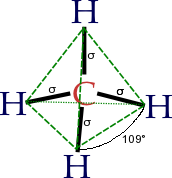
Photo from academic.microsoft.com
The multicomponent reaction (MCR) of arylglyoxal, 4-hydroxycoumarin, and various cyclic 1,3-C,N-binucleophiles in acetic acid under microwave conditions provides fused five- or six- membered N-heterocycles depending on the ring size of… Click to show full abstract
The multicomponent reaction (MCR) of arylglyoxal, 4-hydroxycoumarin, and various cyclic 1,3-C,N-binucleophiles in acetic acid under microwave conditions provides fused five- or six- membered N-heterocycles depending on the ring size of the binucleophiles. 1,3-C,N-binucleophiles, such as amino-pyrazole/oxazole, that have a five-membered ring provide fused six-membered dihydropyridines or pyridine derivatives, whereas aminouracil, cytosine, and 4/3-aminocoumarines that have a six-membered ring provide the corresponding five-membered fused pyrroles. By using DFT calculations, the mechanism of the ring-size-dependent multicomponent cyclization reaction is explained. Cyclic 1,3-C,N-binucleophiles, such as aminopyrazole, aminooxazole, aminocoumarin, aminouracil, and cytosine, were explored in this MCR, and the corresponding fused pyrroles/dihydropyridines or pyridines were obtained in very good yields. The structures of the fused molecules were unambiguously confirmed by spectroscopic techniques and single-crystal X-ray analysis.
Journal Title: European Journal of Organic Chemistry
Year Published: 2017
Link to full text (if available)
Share on Social Media: Sign Up to like & get
recommendations!